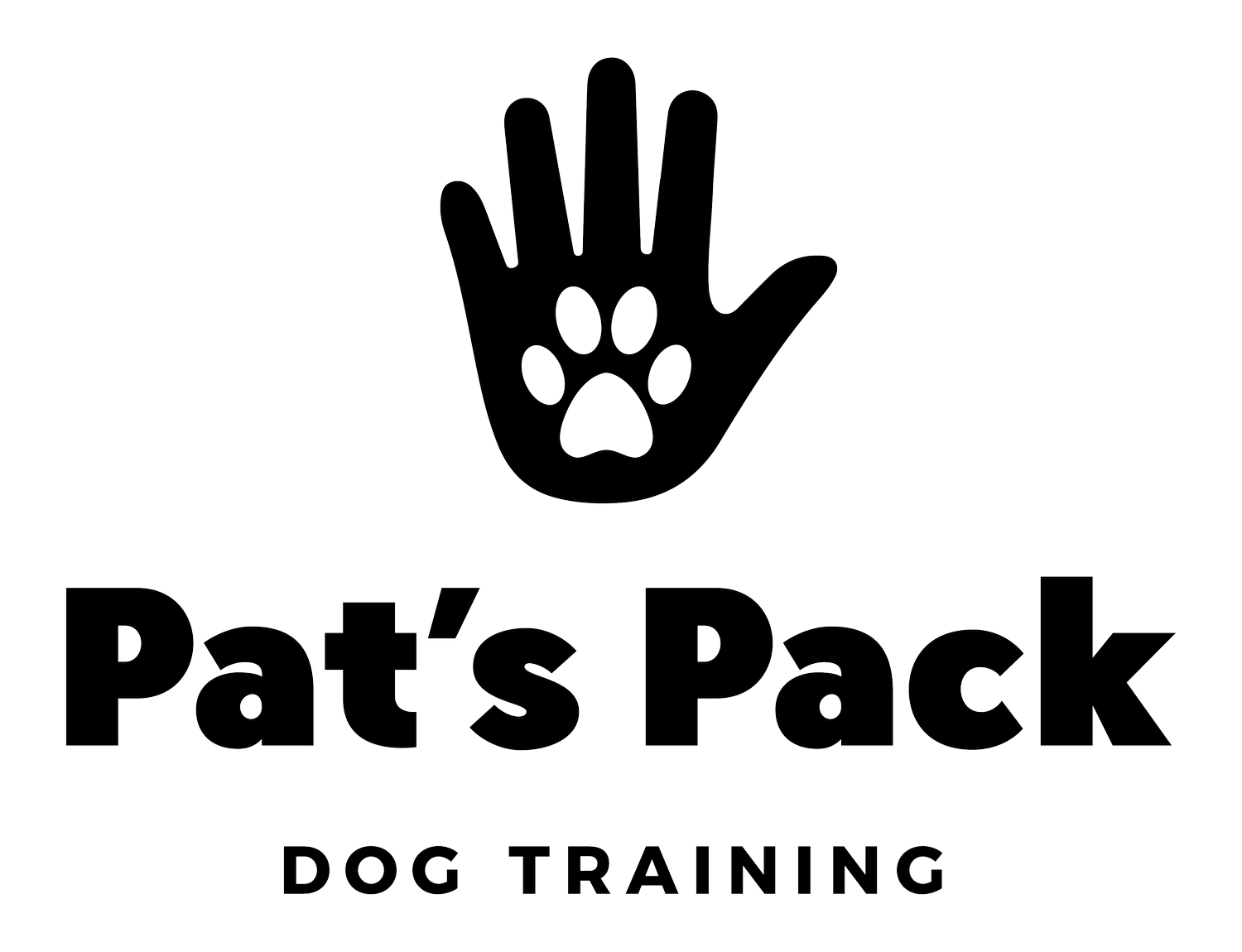Training Insights: Understanding Canine Aggression
Dog aggression is a serious issue that can be intimidating to address and find solutions for confidently. Managing stress-induced physical reactions from your dog can be challenging, especially when they struggle to regain focus after an aggressive encounter. While defusing a situation might seem like a solution to aggressive behavior, ideally, you should aim to prevent your dog from getting physical in any encounter. To effectively handle dog aggression and avoid its escalation, it's crucial to identify signs of aggression and understand the underlying reasons behind your dog's behavior.
Common Signs of Aggression:
Bare or show teeth
Lunging forward
Growling
Barking
Snapping
Biting
Attempting to mount
Raised fur along the spine
Aggression can begin at any stage of your dog's life, not just during their puppy stage. It's important to remain attentive for signs of aggressive behavior during any point of your dog’s life to ensure the safety of yourself, your dog, and others.
Causes of Aggressive Behavior
There are many reasons why your dog may act aggressively towards other dogs, but one prevalent cause of aggressive behavior is improper socialization. If your dog was not properly socialized when they were a puppy, their aggression can be a result of their inability to handle stressful, unfamiliar, and distracting situations. Every dog is unique, and it's crucial to approach them as individuals since they all respond differently to their surroundings. If you're dealing with aggressive behavior from your dog, tailored training that considers their temperament and personality is the most effective solution.
Reach out to Pat’s Pack today to learn more information about our training methods and how to unlock your dog’s full potential!
Happy Training!
